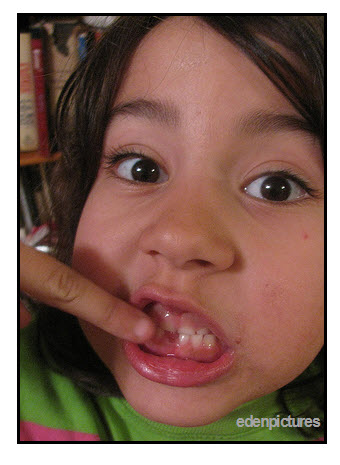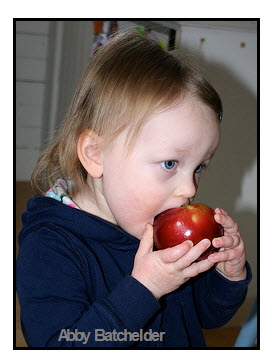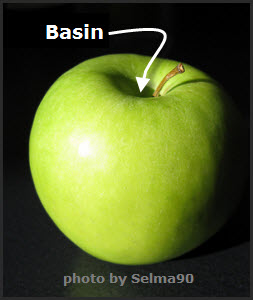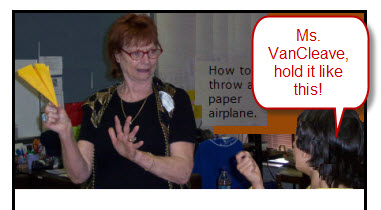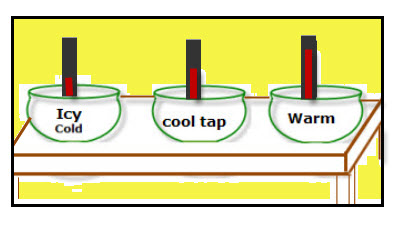Anatomy and development of the mouth and teeth: Baby teeth are also called deciduous teeth, milk teeth, primary teeth, and temporary teeth. Teeth begin developing below the gum in the fetus (developing baby within its mother). Proper development of teeth depends on good nutrition from the mother during pregnancy. The mother’s diet should have adequate […]
Digestion:Chewing
Why is it important to thoroughly chew food? Digestion is the process of breaking the food you eat into small enough pieces to be used by your body. This process starts in your mouth. First, knife-like teeth in the front of your mouth, called incisors, cut and slice a small piece from the food. The […]
Fruit vs. Vegetables
What’s the difference between a fruit and a vegetable? Fruit, such as a lemon, develops from a flower. Seeds form inside fruit. Vegetables, such as cabbage, are plant parts excluding fruit. For more information about plants and plant parts, see Janice VanCleave’s Spectular Science Projects about Plants.
Types of Experimental Controls
A control experiment is the standard for the experiment. This means that the results of the project experiment are compared to the results of the control. Since changes in the project experiment’s independent variable causes changes in the experiment’s dependent variable, then the independent variable is kept constant (unchanging) in the control experiment. Removing the […]
Fly Proboscis
How Flies Eat Some insects, such as flies, have a mouth part that soaks up liquid in much the same way that the sponge soaked up the water. This mouth part is called a proboscis. All of the food that flies eat is not in liquid form. To liquefy solid foods, flies regurgitate (vomit) on […]
Index A to Z
Science Topic Index A to Z LETTERS LETTERS LETTERS LETTERS LETTERS A Ants B C D E F G H I J K L M N O P Q R S T U V W X Y Z Zebras
Spontaneous Generation
Spontaneous generation was the idea that living things could be produced by non-living things. Those who promoted this idea based it on observations, but they did not experiment to test their ideas. Following are examples of observations leading to the idea of spontaneous generation. 1. Observation: Farmers found mice in moldy grain. Conclusion: Moldy grain […]
Positive Constructive Corrections
Some students are just smarter than others. I am not really talking about high I.Q.s, instead some kids have an usual amount of information stored in their brains. This may sound like a dream student, but rarely is this the case. Often these” brainiacks” are the kids that thrive on finding fault in what teachers […]
Insect Legs
Insects have: three body parts three pairs of legs Just remember this as the 3 + 3 rule. Question: With six legs, how many legs are needed for an insect to stand up? You can use clay and toothpicks to model an insects legs and which legs are needed for balance. Discover for Yourself 1. […]
Heat Energy
What is Heat Energy? Heat is a form of energy that is transferred between objects with different temperatures. Heat energy always moves from a warmer material toward a material with a lower temperature. The arm diagram shows a layer of heated air near the skin. If the air temperature around the arm is 780 F, […]
- « Previous Page
- 1
- …
- 41
- 42
- 43
- 44
- 45
- …
- 96
- Next Page »
